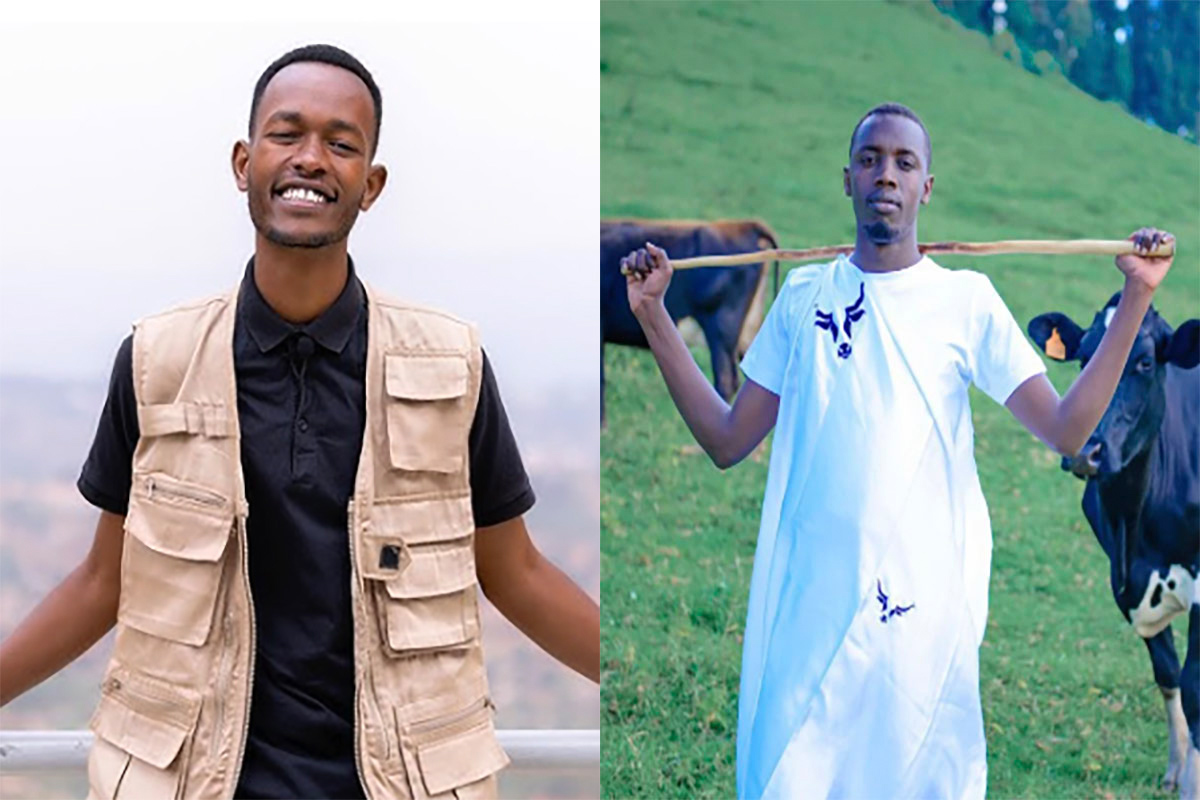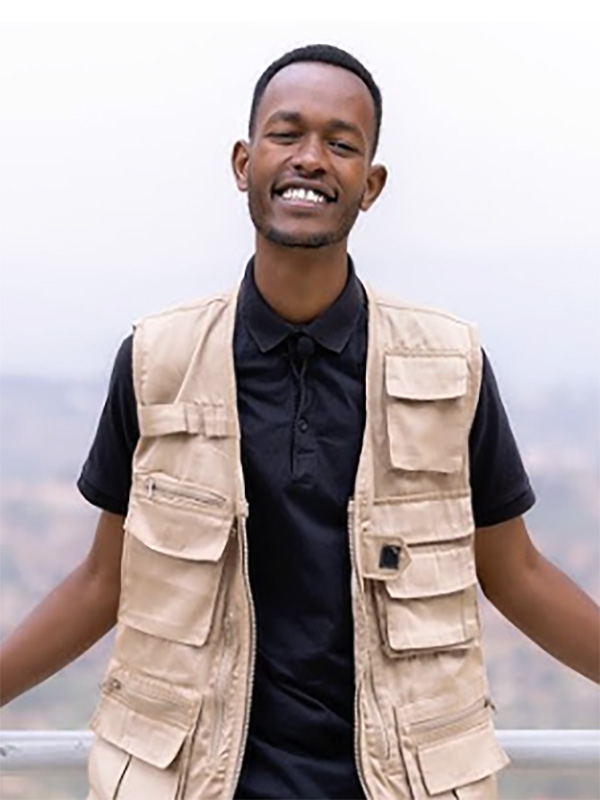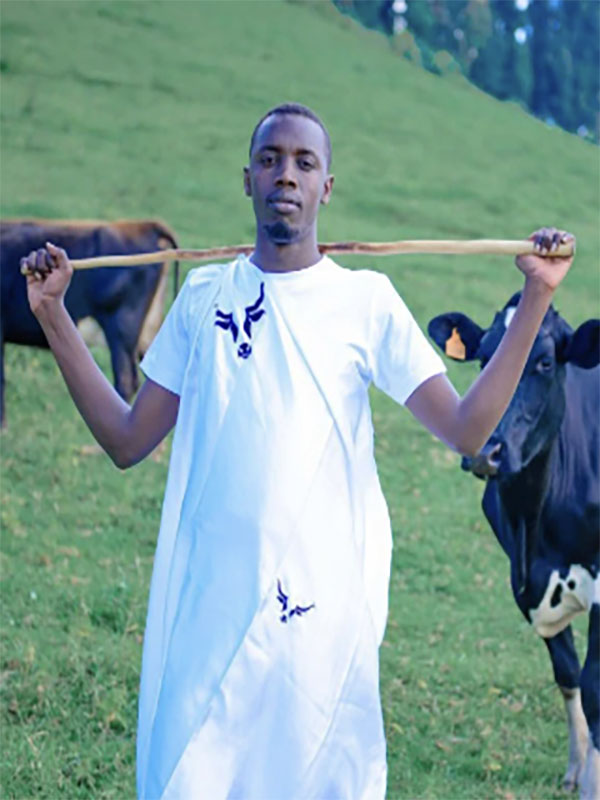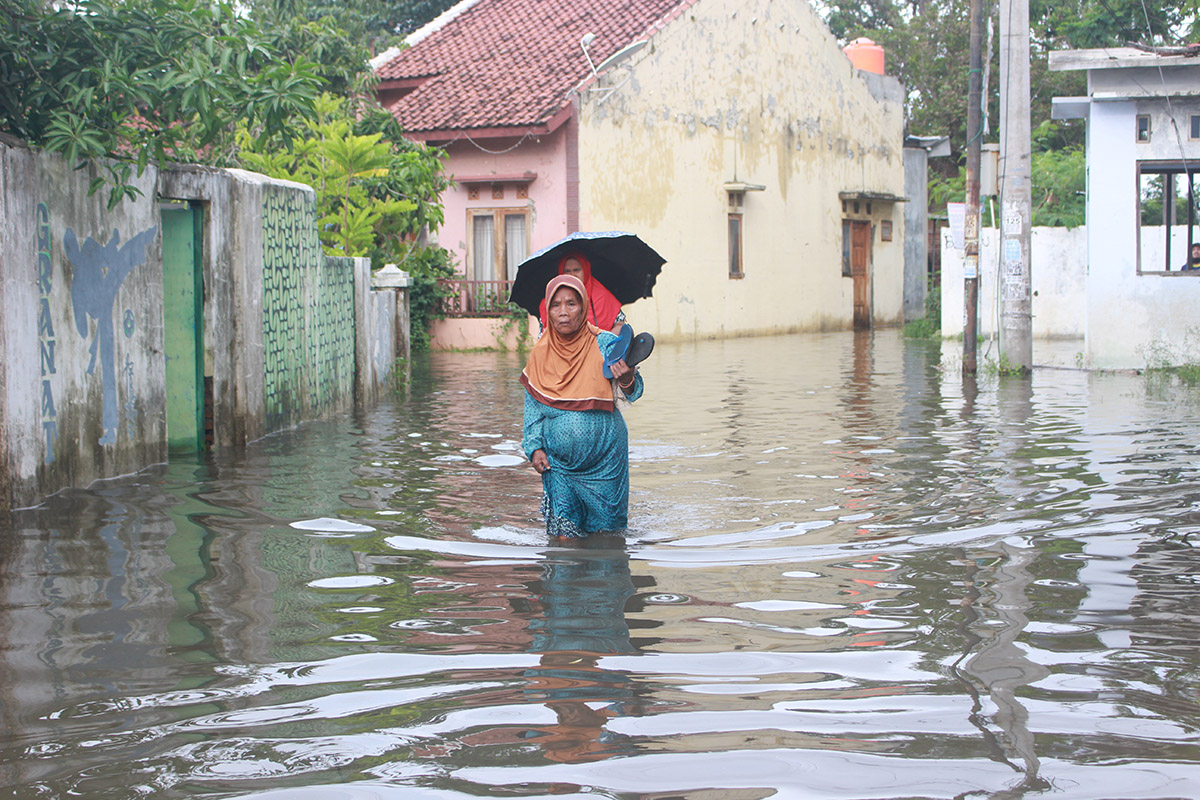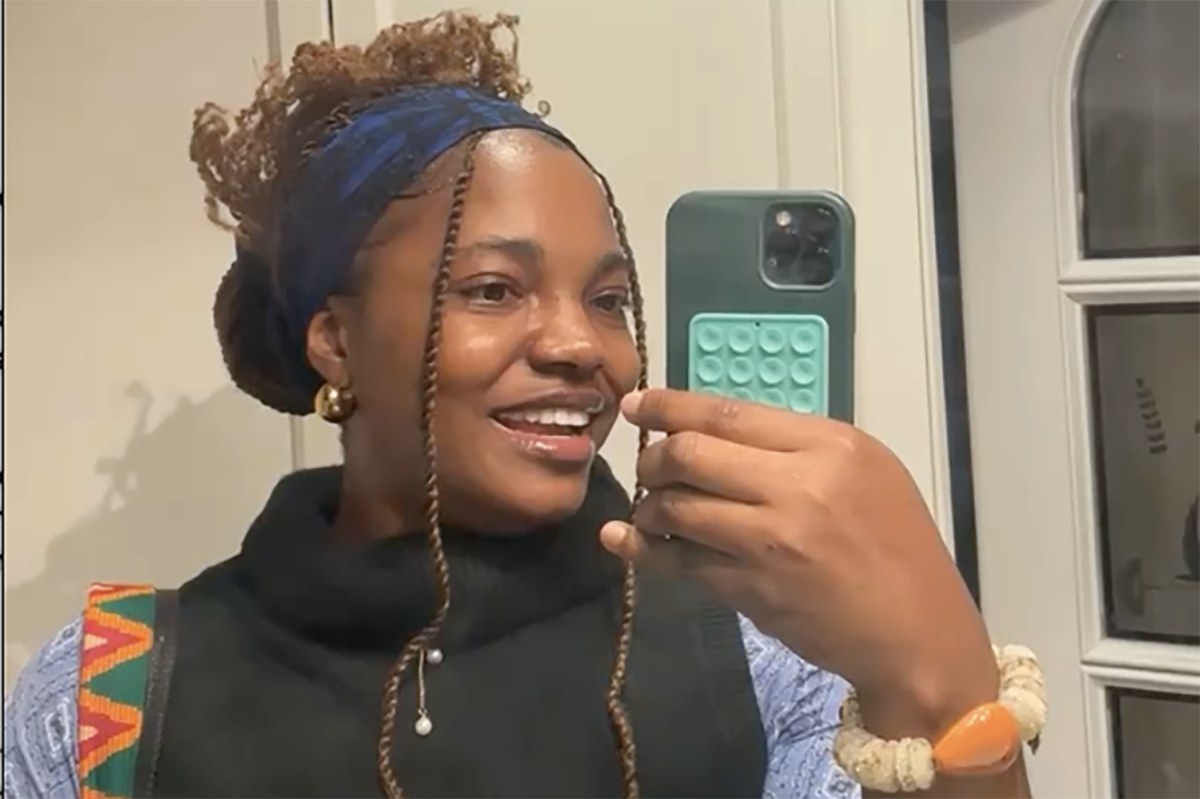The role of youth in preserving Rwanda’s history and culture
November 24by Aurore Teta Ufitiwabo
Youth worldwide are sometimes reluctant to engage in preserving and promoting their culture and history. Yet, they make up a significant portion of the population, particularly in Africa, and hold immense potential to drive efforts in these areas. This is particularly important in the current era of advanced technology, which offers various innovative ways to safeguard heritage.
In Rwanda, some young individuals have taken significant strides to preserve and promote Rwandan history and culture through creative and impactful initiatives. This story highlights the work of Kinga Ngabo and Ngabo Karegeya, two young leaders who have established unique cultural spaces to honor and preserve Rwanda’s rich heritage.
Kinga Ngabo and Museum Ingabo
Born in 1996, Kinga Ngabo is a creative artist and storyteller who founded Museum Ingabo, an African storytelling and art museum, and the Murandi Institute, which focuses on artistic research and production about the 1994 Genocide against the Tutsi.
Ngabo’s journey began as a children’s book author, and his work has received national and international recognition. His notable initiatives include the Isaliyuti storytelling art exhibition, displayed in the National museum of Rwanda and the museum for the campaign against Genocide, and Art for Memories, a project preserving images of genocide victims through art.
Ngabo shared that his inspiration to start a museum stemmed from his first exhibition at the National Museum. “I fell in love with how museums operate and decided to create one that focuses on African storytelling and art, particularly narratives rooted in our country’s history.”
He said that at Museum Ingabo, the focus is on telling authentic Rwanda and African stories in general, conducting research, and addressing the historical gap caused by the lack of African authors in past generations. Ngabo’s work emphasizes traditional art forms, such as dance and painting, and offers educational programs to teach youth about Rwanda’s culture and history.
Commenting on the key initiatives in the museum, Ngabo mentioned the Alpha Memories Initiative: A project preserving the images of genocide victims and educating youth about the genocide’s impact, Imuru Incubation Program: A platform for young artists aged 16–23 to develop their skills in poetry, theatre, and literature and Abanart Project: Introducing art in public schools to teach values, character, and cultural pride.
Despite challenges such as limited youth interest in cultural education, Ngabo is optimistic about the potential of creative arts and technology to attract young people and ensure Rwanda’s heritage thrives in the digital age.
Ngabo Karegeya and ‘Ibere rya Bigogwe’
Raised in Bigogwe, Ngabo Karegeya grew up valuing cows as a cornerstone of Rwandan culture and a source of livelihood. Motivated to share this heritage, he started educating people about the cultural significance of cows and the history of Ibere rya Bigogwe, a prominent cultural landmark.
Initially leveraging social media, Karegeya expanded his efforts by creating immersive cultural tourism experiences. Visitors to Bigogwe partake in activities such as: Learning traditional milking techniques, drinking freshly extracted milk from traditional cups, understanding Kinyarwanda phrases related to cows (ikeshamvugo ry’inka), and participating in Kuvugira inka (cow praising).
Karegeya highlights the role of youth in preserving culture through various avenues, such as cultural tourism, dance, and art. However, he acknowledges challenges such as the perception that cultural activities are for the elderly, reluctance to work in rural areas, and financial constraints.
“Technology can play a transformative role,” he noted. “Virtual reality, for instance, can bring historical and cultural experiences to life, making them accessible to all generations.”
Speaking on the way forward both Kinga Ngabo and Ngabo Karegeya emphasize the importance of engaging youth in preserving Rwanda’s culture and history. They advocate for innovative approaches, government support, and programs that integrate education and entertainment.
